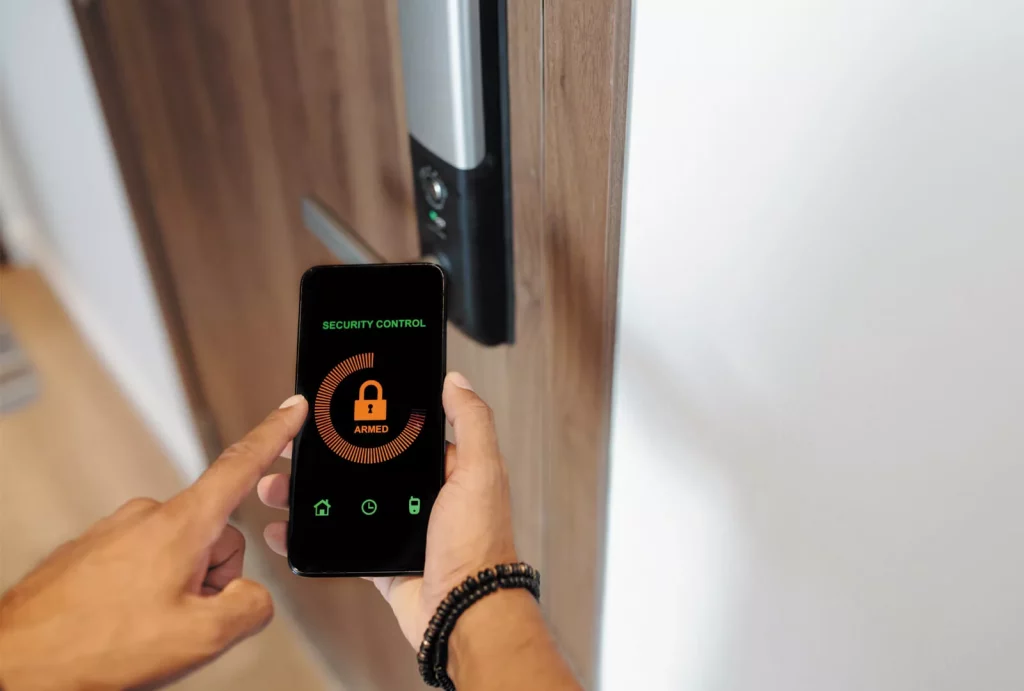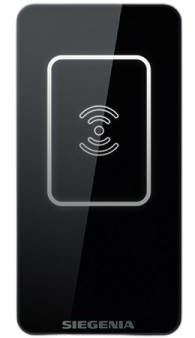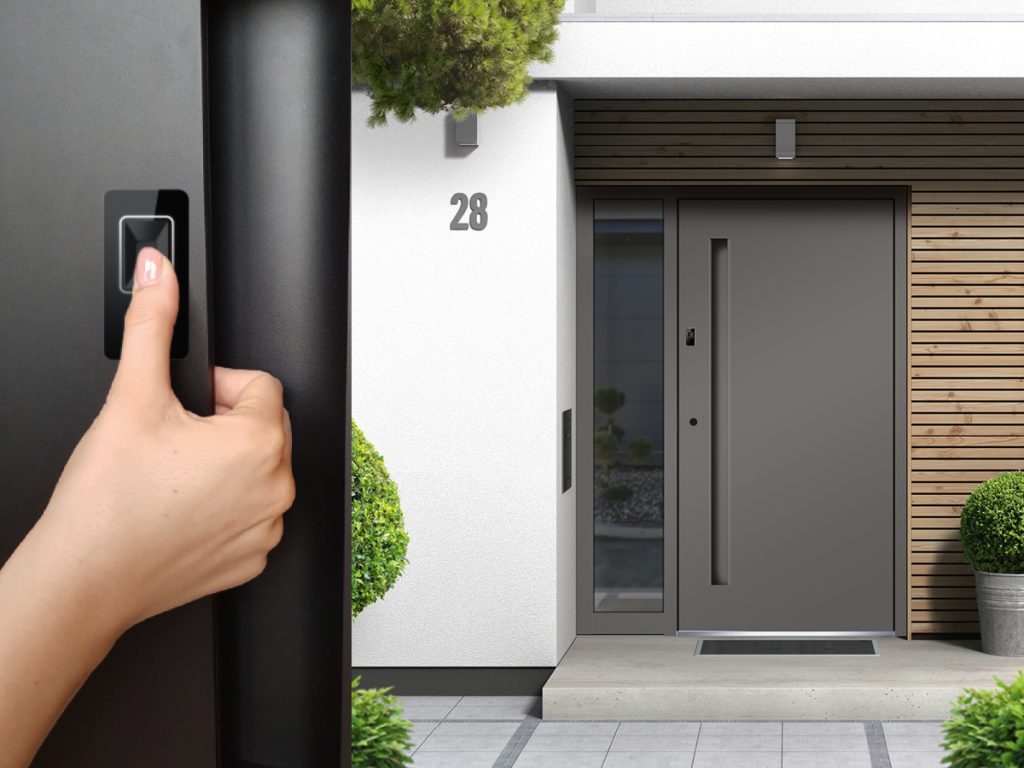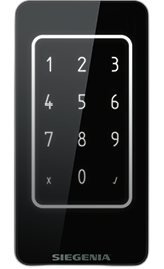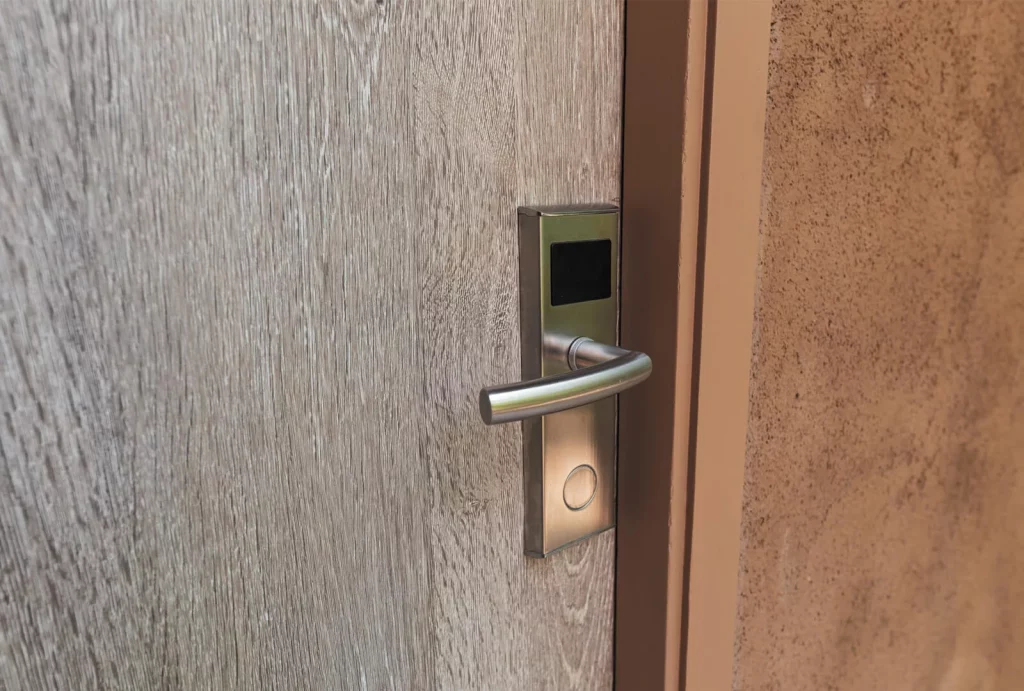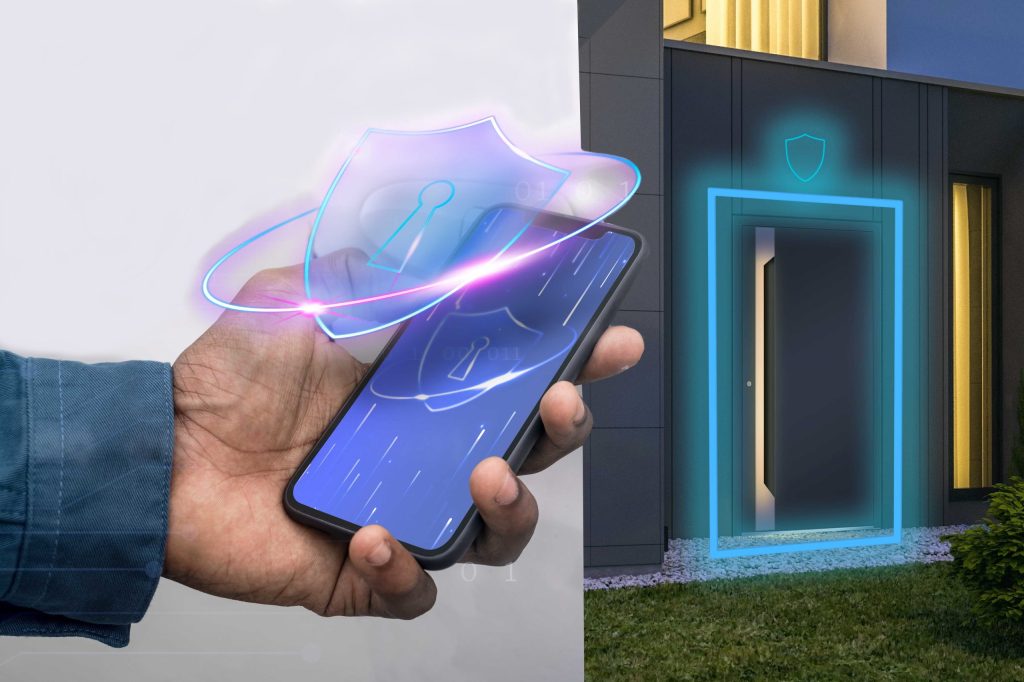Opening doors without using a key is a modern solution that relies on advanced identification and authorization technologies, eliminating the need for traditional keys. This innovative approach allows for more secure, convenient, and efficient control of access to premises.
The goal of keyless door entry is to enhance overall access management quality, and users can choose from various methods such as a numeric keypad, RFID, fingerprint reader, or even remote control via a Wi-Fi module. Thanks to these cutting-edge technologies, door opening becomes more intuitive and tailored to modern needs, making room access more comfortable and secure.


